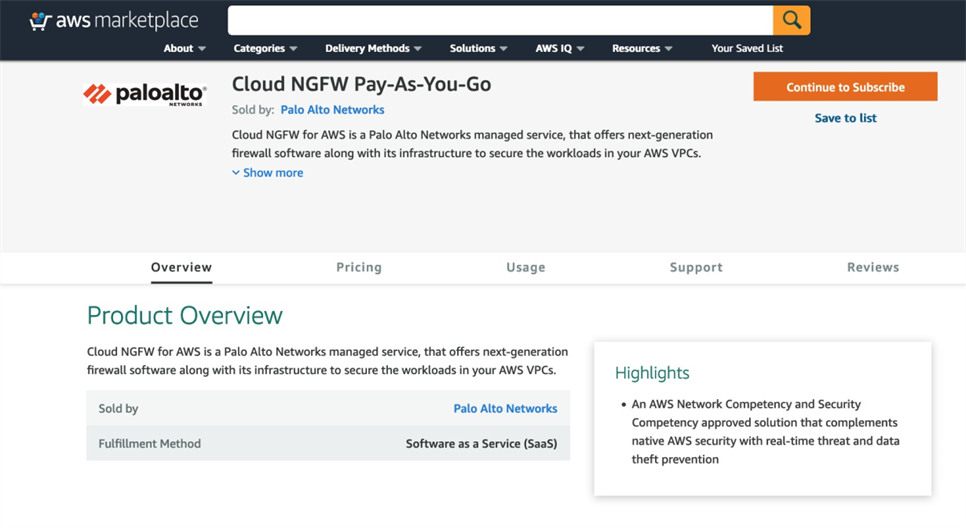
With this integration, customers can use a Managed Application to deploy FortiGate-VM into the Azure Virtual WAN hub, where the FortiGate will be deployed and configured automatically to peer via BGP with the Virtual WAN hub router, extending next-generation firewall and secure SD-WAN capabilities to the cloud. However, to securely on-ramp into, between, and within the cloud, customers require next-generation firewall functionality with end-to-end SD-WAN capabilities. Microsoft introduced the Azure Virtual WAN as a networking service that brings networking, security, and routing together to provide a single operational interface. Addressing Cloud On-ramp and Multi-cloud Security Challenges

And, as part of the Fortinet Security Fabric, our broad, integrated, and automated cybersecurity mesh platform, customers get the benefit of consistent policies and visibility across their hybrid and multi-cloud environments. FortiGate-VM offers the same industry-leading next-generation firewall, Secure SD-WAN, and IPS capabilities as those found in our award-winning FortiGate appliances. Achieved via the integration of FortiGate-VM, this offering expands our already broad coverage of cloud on-ramp and security use cases and further simplifies management and deployment of secure SD-WAN solutions across hybrid and multi-cloud environments. Sunil will evaluate the limitations that organizations have with NGFWaaS (Next-Generation Firewall as a Service) and what you can do to overcome limitations to bolster your security posture.Today, we are pleased to announce that Fortinet has become the first vendor to offer customers a converged next-generation firewall and secure SD-WAN solution that can be deployed and run natively inside Azure Virtual WAN. Join Sunil Ravi, Chief Security Architect with Versa Networks, as he examines how traditional NGFW techniques like sandboxing, deep packet inspection, network segmentation, and web caching can be extended to the cloud to protect against modern attacks.

Given that COVID has made it normal for users to work-from-anywhere, enterprises looking to protect their critical assets need to extend advanced NGFW protection mechanisms to their cloud infrastructure, which comes with its own limitations and complexities.

Or is it? As organizations leverage more data and workloads in the cloud, the security perimeter that traditional NGFW vendors protected seems to be a relic of the past.

With Sunil Ravi, Chief Security Architect Evaluating the Efficacy of NGFW Techniques in the Cloud On-Demand Webinar (58 min)


 0 kommentar(er)
0 kommentar(er)
